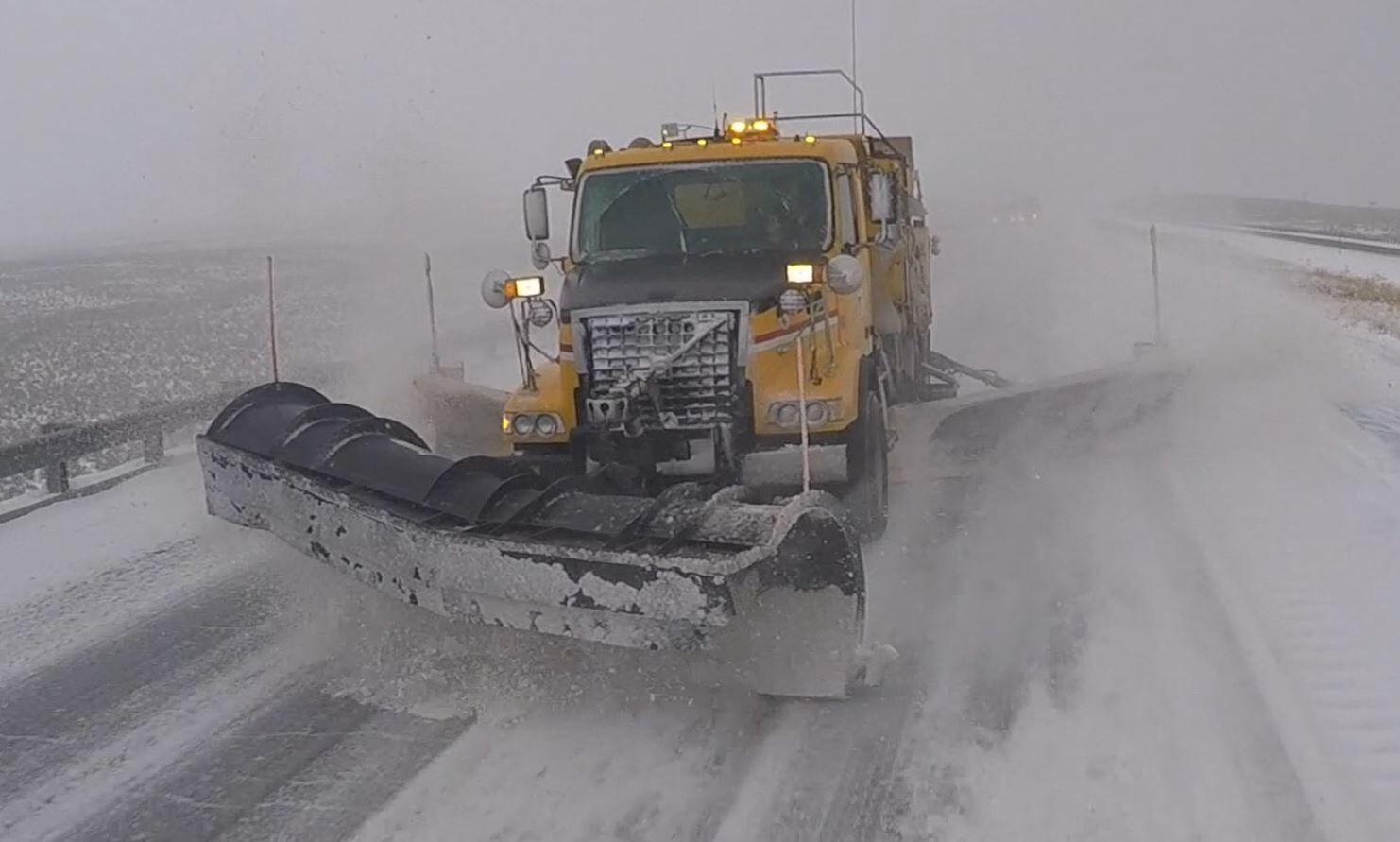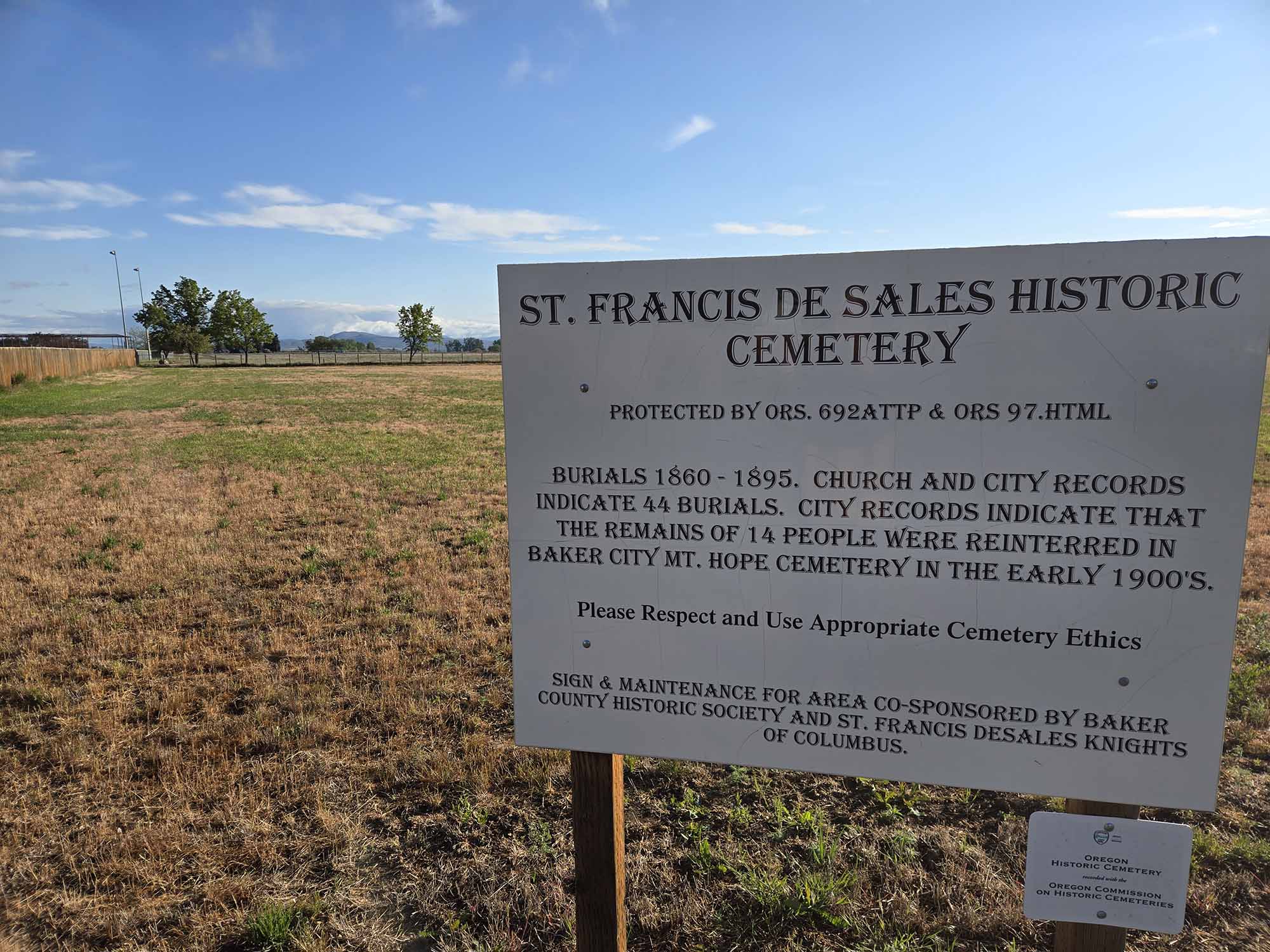Oregon universities juggle needs of students with health concerns
Published 4:45 am Friday, September 18, 2020

- Jade Warner, President of the Associated Students of Cascades Campus, assembles safer living kits to hand out to students.
After months of intense planning, students will be able to return to college campuses this fall, but it will be a vastly different experience.
Trending
Classrooms will have fewer students and may alternate days of attendance. Desks will be spaced out, partitions installed and a teaching area will be factored in, some of those will be shielded with plexiglass. Zoom technology will be installed so classrooms will be able to broadcast information online as well as in-person at Oregon State University-Cascades.
Dorm rooms will be singles and high touch areas will be cleaned frequently.
And food will be to go and available for online ordering.
Trending
Welcome to college in COVID-19.
“For college students, what happens outside the classroom is about as important as what happens inside the classroom,” said Kelly Sparks, Oregon State University-Cascades associate vice president of finance and strategic planning. “Every classroom will look different.
“I feel, given the current state, what we have is a good plan going in place going to fall.”
College campuses throughout Oregon have been mapping out measures to protect the safety of staff, faculty and students. It’s necessary for reopening in the fall after schools slammed shut in March and shifted to fully remote learning as a way to contain the spread of COVID-19.
Students, while appreciating the effort of the schools, often find remote learning difficult, said 21-year-old Jade Warner, who is attending OSU-Cascades and is a social science major.
“It’s a different learning experience for everyone to go between remote and some kind of in-person component,” Warner said. “It’s not ideal for anyone.”
COVID-19 has had unintentional impacts on students, many of whom relied upon service-industry jobs to pay tuition or for books, Warner said. Some haven’t been able to make rent and had difficulty finding places to rent during the semester. Others don’t have access to reliable WiFi to be able to connect to a Zoom session or download necessary learning materials.
These are issues that are even more concerning for students attending college in remote areas like La Grande. At Eastern Oregon University, officials are investigating how to obtain extra laptops and WiFi hotspots, aid Tim Seydel, vice president for Eastern Oregon University advancement.
And while the university has experience in remote learning, about half of its course offerings are done remotely_ it has still been intense. While county metrics play a role in opening, being in a rural community like La Grande could help the 3,000 students enrolled at the university, Seydel said.
“We serve a high percentage of students who are high need, coming from Eastern Oregon, from Bend, Redmond, Prineville to Lakeview, Pendleton and western Idaho,” Seydel said. “For many of them, this is their opportunity to get their college degree.”
College officials have started the process of returning to in-person instruction, he said. This mixed delivery of in-person learning and remote learning will be class-dependent, he said.
“We want to make sure we can provide access to all students, ” Seydel said. “We’ve had lots of communication with our folks on campus.”
There is still so much to learn about COVID-19 that staff and faculty are constantly asking questions that require more thought and reinvention of normal processes. But the virus is affecting enrollment of incoming freshman, he said. The school has experienced a slight decrease, and that’s to be expected because students might not feel comfortable about making the step to higher education during the pandemic.
“College won’t have that community environment,” Seydel said. “None of us know what things will look like in the fall or spring, or if we’ll have games or events. We know for sure we won’t have football and no big concerts. No comedians.
“I’m an optimist. Things will get better.”
At Central Oregon Community College in Bend, the campus is preparing for a variety of reopening options from in-person to hybrid to fully remote learning in the fall, said Jenn Kovitz, director of communications. But if the governor reverses the phases or if the number of COVID-19 cases rise, then the college will course correct.
“Masks will be required for all in-person classes,” Kovitz said. “That’s for indoors and outdoors where six feet of physcial distance can’t be maintained.”
Classrooms are being rearranged to make spaces between students and instructors. All instructors are given face coverings or face shields if they prefer, she said.
All students at COCC will have access to disposable face coverings. And the campus has extended the travel time in between classes to allow for more spacing between students walking from one class to another, she said. Unlike the four-year institutions like OSU, COCC will not offer the option for students to seamlessly go between online learning and in-person learning.
“We’re a community college and it takes a substantial investment of staff to post a camera and microphone,” Kovitz said. “We have an add/drop period where students can feel out a class, and if they decide to drop an in-person class for an online, they can.
“We’re flexible and able to pivot from in-person to only online, it will be up to the university,” Sparks said.”It’s all going to be the university-based decision.”









